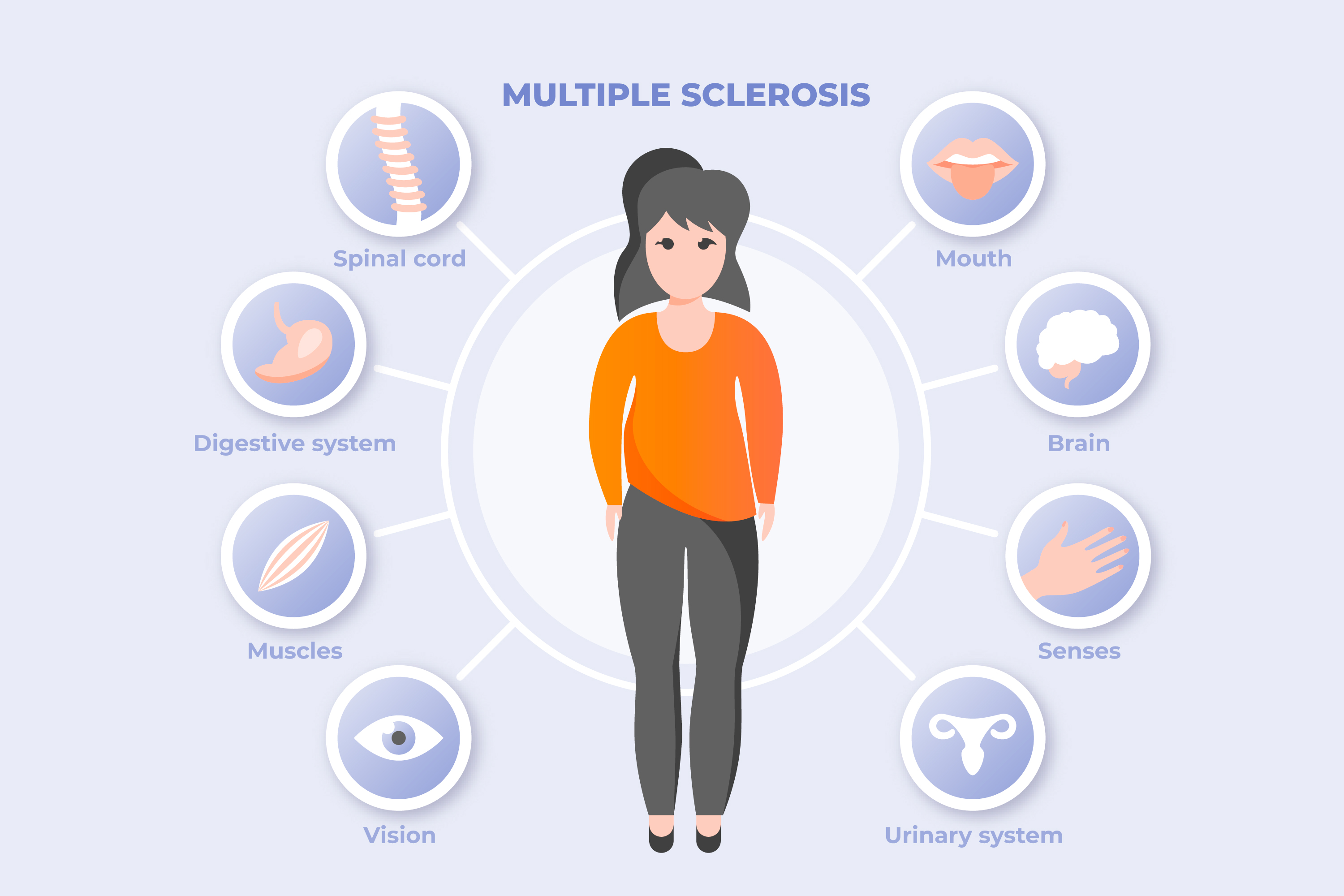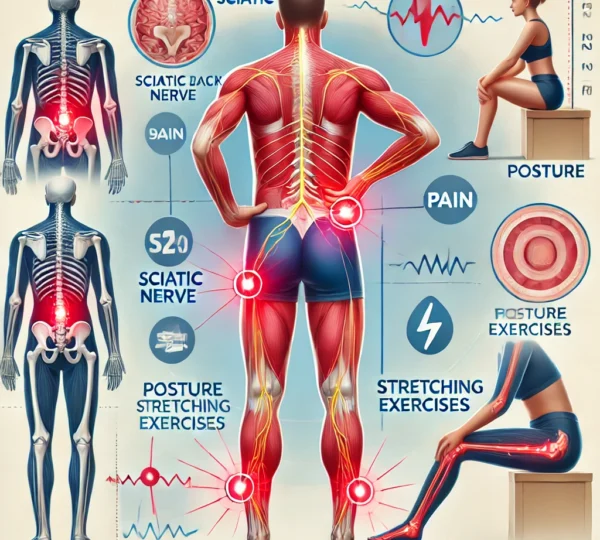
Symptoms of Sciatica: Recognizing the Telltale Signs
Introduction: Understanding Sciatica
Sciatica is a common condition that affects the sciatic nerve, running from the lower back down the legs. The pain can be mild or intense, and recognizing the symptoms early is important for effective treatment. In this blog, we’ll explore the main signs of sciatica and how imbalances in the body contribute to it.
Main Symptoms of Sciatica
The symptoms of sciatica can vary from person to person, but they often share certain common traits. Here’s what to look for:
- Pain: The pain usually starts in the lower back and radiates through the buttocks, thighs, and legs. It can feel like a mild ache or a sharp, shooting sensation. The pain tends to worsen with prolonged sitting or certain movements.
- Numbness and Tingling: A tingling or pins-and-needles feeling often occurs in the affected leg or foot. This happens when the sciatic nerve is irritated or compressed.
- Weakness: The leg may feel weak, making it difficult to move or bear weight. This weakness can limit your ability to perform daily tasks.
- Radiating Pain: Sciatica pain typically follows the path of the sciatic nerve, starting in the lower back and moving down the back of the leg. It can worsen when you bend, twist, or sit for long periods.
- Worsening Symptoms: Activities like coughing, sneezing, or straining can increase the pain. These movements create additional pressure on the nerve.
How Body Imbalances Contribute to Sciatica
Imbalances in the body can trigger or worsen sciatica symptoms. Here are a few factors that may contribute:
- Muscle Weakness: Weak muscles, especially in the core or lower back, can fail to support the spine properly. This lack of support can put pressure on the sciatic nerve.
- Poor Posture: Slouching or sitting with improper posture for long periods can compress the spine. Over time, this can lead to nerve irritation and sciatica symptoms.
- Spinal Misalignment: Misalignment of the spine can also lead to sciatic nerve compression. Addressing these misalignments through proper care and physical therapy can help relieve symptoms.
Effective Ways to Manage Sciatica
Here are some key steps to manage and alleviate sciatica pain:
- Exercise and Stretching: Regular exercise, particularly core strengthening and lower back stretches, can reduce pressure on the sciatic nerve. Stretching the legs and lower back helps release tension and improve flexibility.
- Posture Improvement: Maintain good posture, especially when sitting or standing for long periods. Adjusting your workstation and using ergonomic furniture can reduce strain on the lower back.
- Physical Therapy: Working with a physical therapist can help you develop a routine of exercises tailored to relieve sciatica symptoms. Manual therapy or spinal adjustments may also be recommended to improve spinal alignment.
Conclusion: Taking Action for Relief
Recognizing sciatica symptoms early and addressing body imbalances is key to managing the condition. By strengthening muscles, improving posture, and seeking professional care, you can reduce pain, improve mobility, and enhance your overall quality of life. If you experience any of the symptoms mentioned, consult with a healthcare provider to get the proper treatment and avoid complications.
To seek medical advice, always consult a Doctor. Here are our recommended experts. Click Here
To read more on Sciatica. Click Here



